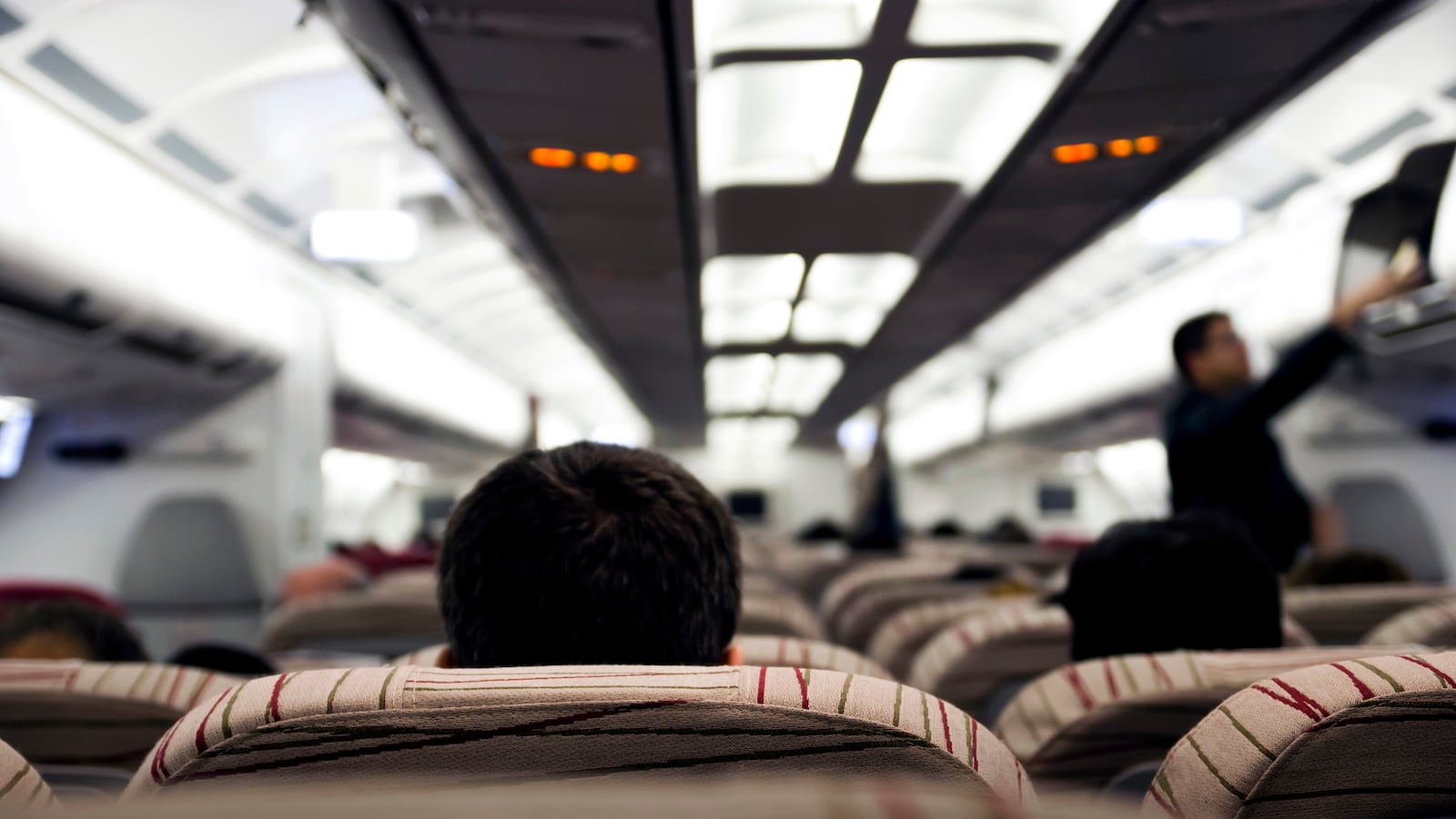
Fear of flying is irrational but often incurable. Once the doors close on the cabin there is no escape. Your life is in the hands of the pilots together with the most complex machine ever devised for travel. You have no control. The requirement for you to submit to confinement is reinforced by accepting the first bag of peanuts.
Irrational? Just look at the numbers. Last year 1.3 million people died in road accidents worldwide. Globally, just 173 died in airplanes last year- down from 388 in 2012 and 626 in 2010.
But the 239 people lost with Flight MH370 aren’t just another statistic that will reverse that trend. No accident in the history of aviation has so spooked people around the world. It’s like the old Bermuda Triangle phobia but many times worse —how can a large state-of-the-art jet with an impeccable record vanish without trace?
Amazement that this is possible is turning into outrage. The public has realized that there are serious gaps in the technology used to track flights. They are rightly angered to discover that we still have to devote huge resources to finding the airplane’s black box when the same critical data could be in the hands of investigators now but for the failure to adopt live streaming.
It’s also been infuriating to watch the ineptitude—or worse—of the Malaysian authorities as they attempt to manage the grief of the families of those missing and repeatedly build hopes that wreckage has been found and then have to confess that it hasn’t.
However, nobody, no matter how seasoned in crisis management, would find this situation easy to handle because the ferocious appetite for information far exceeds the ability of anybody to provide it. Even the most knowledgeable air accident investigators are left to speculate on what event—or combination of events—decided the fate of the Boeing 777.
Normally an air accident investigation would involve a swarm of hard-nosed engineers and scientists poring over wreckage. In the absence of wreckage—or of any other reliable indicators—a completely new set of skills is being employed. Much of this is going on unseen in dark rooms full of computers with programs run by twenty-something techies.
The satellite operator Inmarsat that miraculously conjured the airplane’s probable course from fragments of data is based in the London version of Silicon Valley and attracts wizards of the world of algorithms. The disciplines being used are drawn from mathematics, navigation, and communication. It’s almost like a ghost airplane is being given substance by its electronic shadow.
This crisis has hit the airline industry at a time when there seemed to be no limits to its growth. Global air travel has increased at an average rate of between five and six percent per year, even in times of economic distress. Demand is highest in places like China and Southeast Asia, where sudden wealth is fueling the urge to travel to faraway places. Industry forecasters agree that by 2030 the Asia Pacific region will overtake both North America and Europe to become the largest aviation market, accounting for 32 percent of the total.
What this means is that the rest of the world will expect the same standards of safety that we in the West have become used to. Indeed, in just 30 years air travel has changed from being seen as an expensive and occasional pleasure to being regarded as public utility—a normal entitlement of any modern society.
Except that, no matter how safe it is, flying induces a strange insecurity of its own that seems never to go away.
Fear of flying is not something that has ever gripped me. I made my first transatlantic flight in 1958. My London newspaper had posted me to its New York bureau. It was deep winter. Heathrow was just a collection of Quonset huts, and the airfield was enrobed in fog. My flight waited for three days until the sky cleared.
The airplane was a Bristol Britannia flown by British Airways’ forerunner, British Overseas Airways. The Britannia was new technology. It had four gas turbine engines driving four propellers. Unfortunately these engines had a tendency to stop working at what should have been the cruise altitude. The flight across the Atlantic was limited to a lower altitude, meaning that it consumed more fuel and lumbered through much bad weather. (This discomfort was somewhat tempered by the fact that my paper had put me in first class, where the consumption of vodka and caviar was undending.)
We didn’t make it across the pond in one leg. Headwinds forced a landing at Gander, in Newfoundland, in the middle of a blizzard. The pilot made two attempts to land before succeeding at the third attempt. We were herded into a chilly waiting room waiting for the Britannia to be refueled.
But there were more headwinds and we couldn’t quite make it to New York without a pit stop in Boston. Finally, 24 hours after take off, I saw for the first time the mesmerizing glow of Manhattan at night as we landed at Idlewild, later to become JFK.
I was very young and I thought that the whole experience was a wonderful adventure and a glimmering portal to the future.
Airline travel has come a long way since then. The misery of security lines, weather delays, non-existent customer relations, and lost bags (to name just a few of the torments) should not obscure what a miracle it is to be able to regard flying as an everyday event—and one that is a good deal safer than taking a cab down Manhattan’s Second Avenue.





